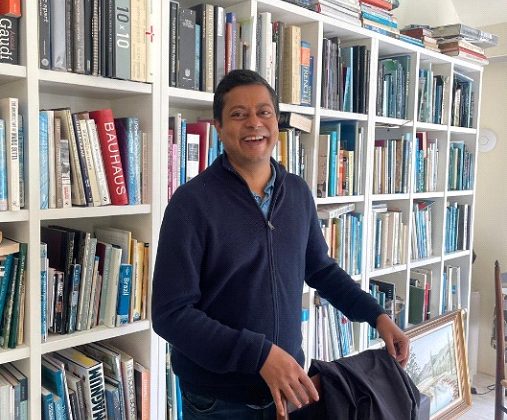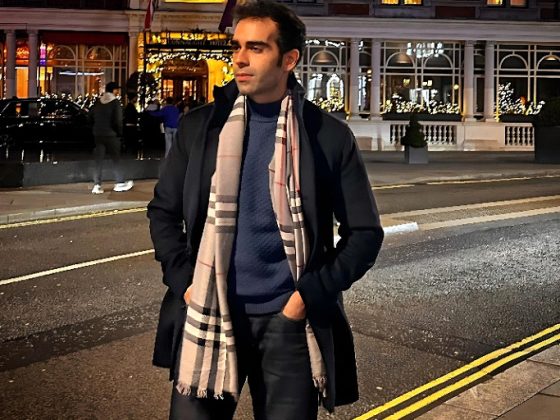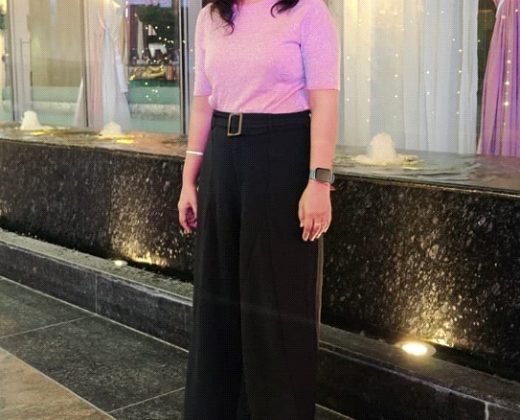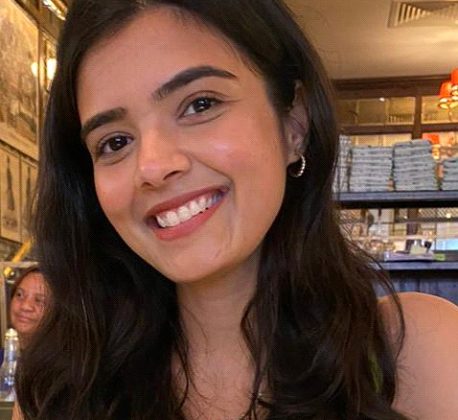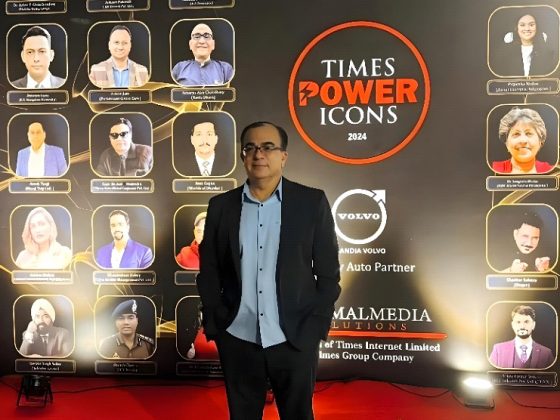Driving Innovation: Pallavi’s Leadership in Retail and E-Commerce – Mrs. Pallavi Pandey V.P & Head of Marketing Max Fashion India
In today’s fast-paced retail and e-commerce world, innovation and adaptability are essential for staying ahead. Pallavi, the Vice President and Head of Marketing at Max Fashion India, exemplifies these qualities, leading one of the country’s most popular fashion brands with a consumer-centric, omnichannel, and authentic approach. This article delves into Pallavi’s career, her leadership philosophy, and the strategies she employs to keep Max Fashion at the forefront of India’s retail industry. Pallavi’s professional journey has been shaped by a variety of experiences across different sectors, from fashion and footwear to advertising and consumer behavior. Starting as a management trainee at ABFRL, she later gained experience in the footwear industry with Puma and expanded her expertise in advertising and banking. These diverse roles provided her with a broad understanding of consumer behavior and market dynamics. Reflecting on her career, Pallavi emphasizes, “Retail is a dynamic field, and my varied background helps me adapt to its constant evolution.” One of the defining moments in her career was overseeing the launch of 100 stores in 100 days—a massive undertaking that showcased her ability to manage large-scale operations. Another significant milestone was redefining the identity of a fashion footwear brand, which introduced her to experiential marketing and the importance of store design in creating engaging consumer experiences. At Max Fashion, Pallavi’s leadership is grounded in collaboration andadaptability. She tailors strategies to meet consumer needs while aligning marketing and operational plans with broader business goals. Under her guidance, Max Fashion has grown to over 520 stores in 220 cities, catering to a wide and diverse audience. The brand, a subsidiary of the Landmark Group, is committed to providing quality fashion at affordable prices. “We are committed to offering fashion at great value,” Pallavi explains, underscoring the brand’s appeal to both everyday shoppers and trend-conscious consumers. Post-pandemic, the retail landscape has shifted significantly, with the integration of physical and digital shopping becoming crucial. Pallavi has spearheaded Max Fashion’s omnichannel strategy, merging the convenience of online shopping with the immersive experience of physical stores. For instance, the “Find Your Size” feature allows in-store customers to order out-of-stock sizes online, ensuring a seamless shopping journey. “The store experience is now just as important as the digital experience,” Pallavi notes, highlighting the need for consistency across all customer touchpoints. In the age of digital influencers, Pallavi has refined Max Fashion’s influencer strategy to focus on authenticity rather than just broad reach. She believes that influencers who produce genuine, engaging content can form deeper connections with their audience. Max Fashion works with a geographically diverse range of influencers, not just big names, but those who resonate with local communities. This approach helps the brand engage with a broader, more diverse audience while maintaining its authenticity. Data-driven marketing is another cornerstone of Max Fashion’s success. With nearly 80% of sales coming from loyal customers, Pallavi and her team use data analytics to craft personalized marketing campaigns. “We place a strong emphasis on communicating effectively with our loyal customer base, while also focusing on winning back lapsed customers,” Pallavi explains. This targeted, data-driven approach has helped Max Fashion maintain its leadership position in a highly competitive market. As the retail industry continues to evolve, Pallavi has been quick to embrace emerging trends like social commerce. By engaging consumers directly on platforms like Instagram and YouTube, Max Fashion has successfully integrated social commerce into its marketing strategy, providing a seamless path from social media interaction to purchase. “Social commerce is where the future of retail lies,” Pallavi emphasizes, acknowledging its potential to drive both engagement and sales. Max Fashion’s influencer partnerships extend to high-profile collaborations with celebrities like Kalki Koechlin and Alaya F, which help the brand stay relevant among younger, fashion-forward consumers. These collaborations go beyond just visibility; they reflect Max Fashion’s commitment to evolving with changing consumer preferences. Pallavi’s leadership at Max Fashion is also marked by a commitment to diversity and inclusion. The company takes pride in its diverse leadership team, which includes women in key roles. “We value leadership regardless of gender,” Pallavi states, emphasizing the importance of inclusivity in fostering a dynamic, forward-thinking company culture. This commitment to diversity has further strengthened Max Fashion’s market position by allowing it to appeal to a wide range of customers. Looking ahead, Pallavi is focused on several key trends that will shape the future of retail, including the growing influence of the teen demographic and the continued rise of digital and influencer marketing. With its strong omnichannel capabilities and data-driven strategies, Max Fashion is well-positioned to lead in these areas. “We’re always thinking about what’s next and how to stay relevant,” Pallavi says, underscoring her forward-thinking approach. In conclusion, Pallavi’s leadership at Max Fashion is a powerful example of how success in retail is driven by innovation, adaptability, and a deep understanding of consumer behavior. From her focus on omnichannel integration and data-driven marketing to her commitment to authenticity and inclusivity, Pallavi has positioned Max Fashion as a leader in India’s retail and e-commerce sectors. Her dynamic and f lexible leadership ensures that Max Fashion will continue to thrive in the ever-evolving retail landscape.


